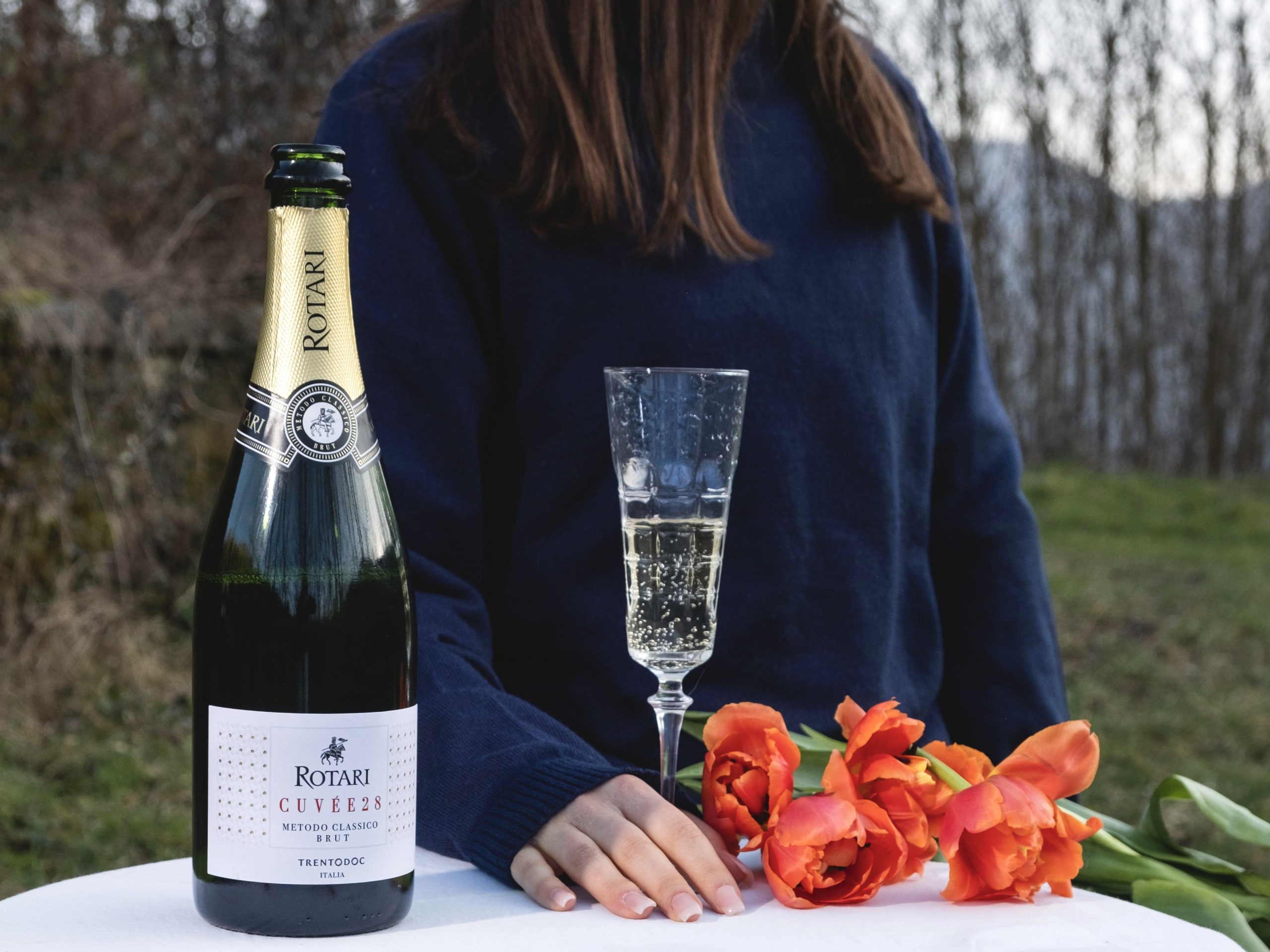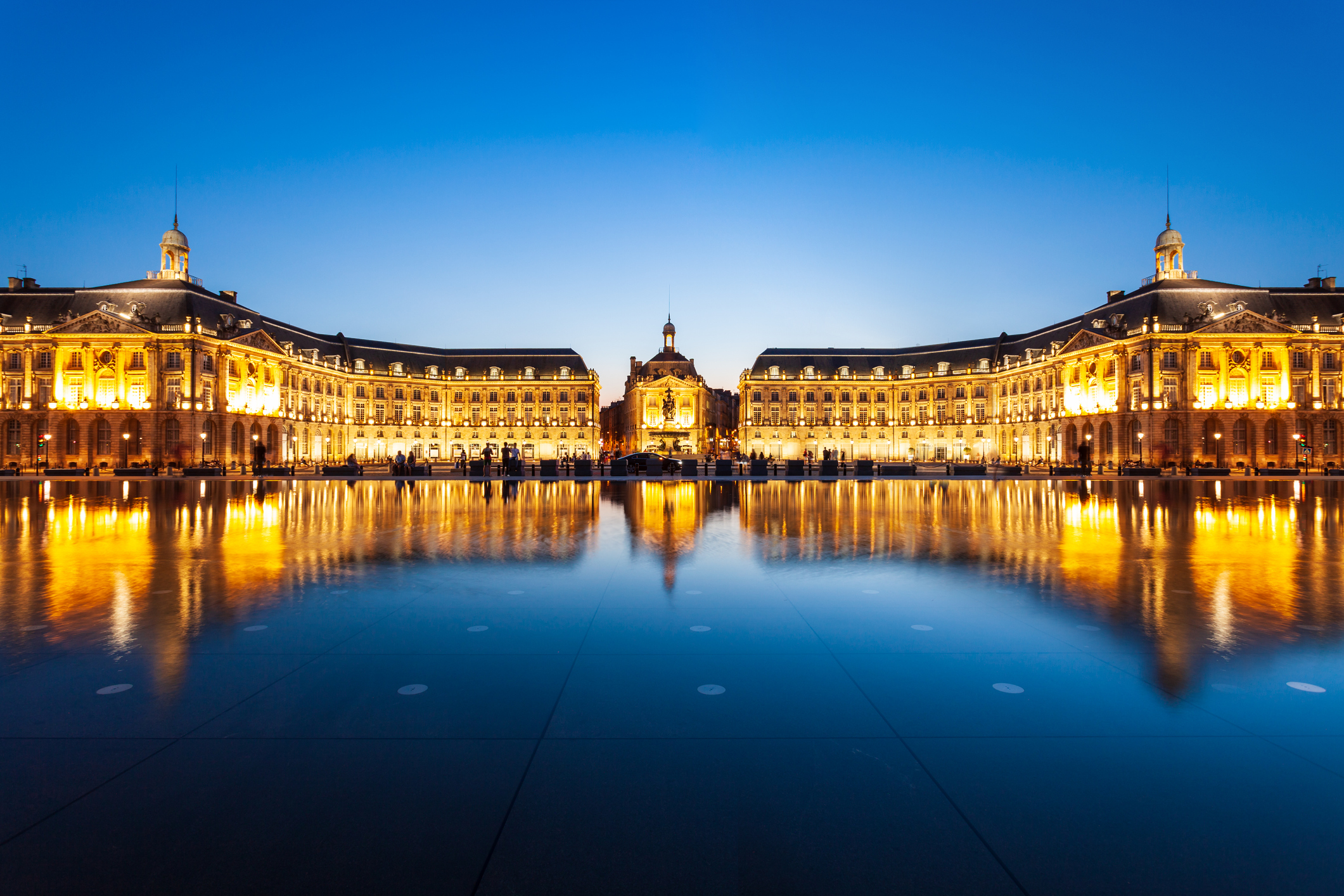Why DTC sales have become big business for Chilean wineries
Chile’s wineries are increasingly welcoming tourists from around the globe, which is helping to build direct-to-consumer (DTC) sales. Louis Thomas reports.

The rise of Chile’s wine tourism industry in recent years has been little short of remarkable. In 2015, only 28% of the country’s 332 wineries were open to visitors but, after a dip caused by the Covid-19 pandemic, that figure now stands at 61%, or 219 of Chile’s current total of 358 wineries.
Leading the way has been the Maipo Valley – in 2015, 32 of the 94 tourist friendly Chilean wineries were found in this part of the Central Valley, famed for its Cabernet Sauvignon. By 2024 that figure had risen to 37. However, other regions are starting to catch up, including Colchagua (16 in 2015, climbing to 29 in 2024) and, further south, Itata (two in 2015, with 29 in 2024).
As the country’s wine tourism industry continues to ripen and find homes further away from the capital, Santiago, producers are investing in tasting rooms, shops, restaurants and on-site hotels to cater to wine-loving visitors from far and wide. And, naturally, to boost sales.
Experience matters
One of the key advantages that wine tourism offerings provide producers is the chance to win over new fans. Viña Maquis marketing director Laura Leiva says: “We definitely think that wine tourism helps you to attract more people into wine and hopefully leads them to become wine lovers, to keep travelling and exploring more about this wonderful wine world. If they had memorable experiences at your place with differentiated and strong storytelling narrated by a passionate team, they will never forget you afterwards and undoubtedly will buy your wines wherever they are in the world.”
For wineries, the hope is not only that tourists will spend money on tours of the vineyards, but also that they will buy some bottles while they are there.
“This deeper connection translates into stronger brand loyalty and a higher likelihood of long-term engagement,” explains MontGras’ chief marketing officer Pilar Peñafiel. “Unlike retail sales, where a bottle competes on price and shelf visibility, direct sales at the winery allow us to communicate our commitment to sustainability, regenerative farming, organic practices and B Corp certification. Guests leave not just with wine, but with an emotional bond that encourages repeat purchases and word-ofmouth recommendations. “Beyond the emotional and experiential aspect, cellar door sales are also a highly profitable channel,” continues Peñafiel. “Visitors who engage with our brand on-site tend to purchase wines at higher margins and often opt for premium selections that they may not typically find in supermarkets or wine shops. This model has long been understood and capitalised on by wineries in California and other key wine regions, and it’s something that Chile should continue to strengthen. Wine tourism is not just about showcasing a destination – it’s a strategic sales channel that builds loyalty, enhances brand value and drives profitability.
“On average, each visitor to MontGras purchases three to four bottles of ultrapremium and superior wines,” she continues. “In terms of value, our visitor centre sales account for more than a third of our total domestic market sales.
Additionally, the visitor centre is by far the most profitable sales channel, as there are no intermediaries affecting pricing.” It isn’t just MontGras which has noticed that tourists tend to seek out fine wines when they visit. Viña Santa Rita, which handles the Santa Rita and Carmen brands in Chile, is also a beneficiary of this trend.
Santa Rita’s director of corporate affairs and sustainability Elena Carretero Gómez says: “When people go to the winery to have an experience, they want to taste the most premium wines, not the ones they find in supermarkets. So it’s a great opportunity for fine wine sales.”
Gómez also reveals that Santa Rita has plans to further target fine wine drinkers through new partnerships, explaining: “Every country is developing wine clubs and groups of wine collectors, carrying out different activities and tastings. This is a growing trend; we are working on targeting key countries like Brazil and the UK with wine collector groups – by working with 67 Pall Mall in the UK, for example, we can create a link with the final consumer.”
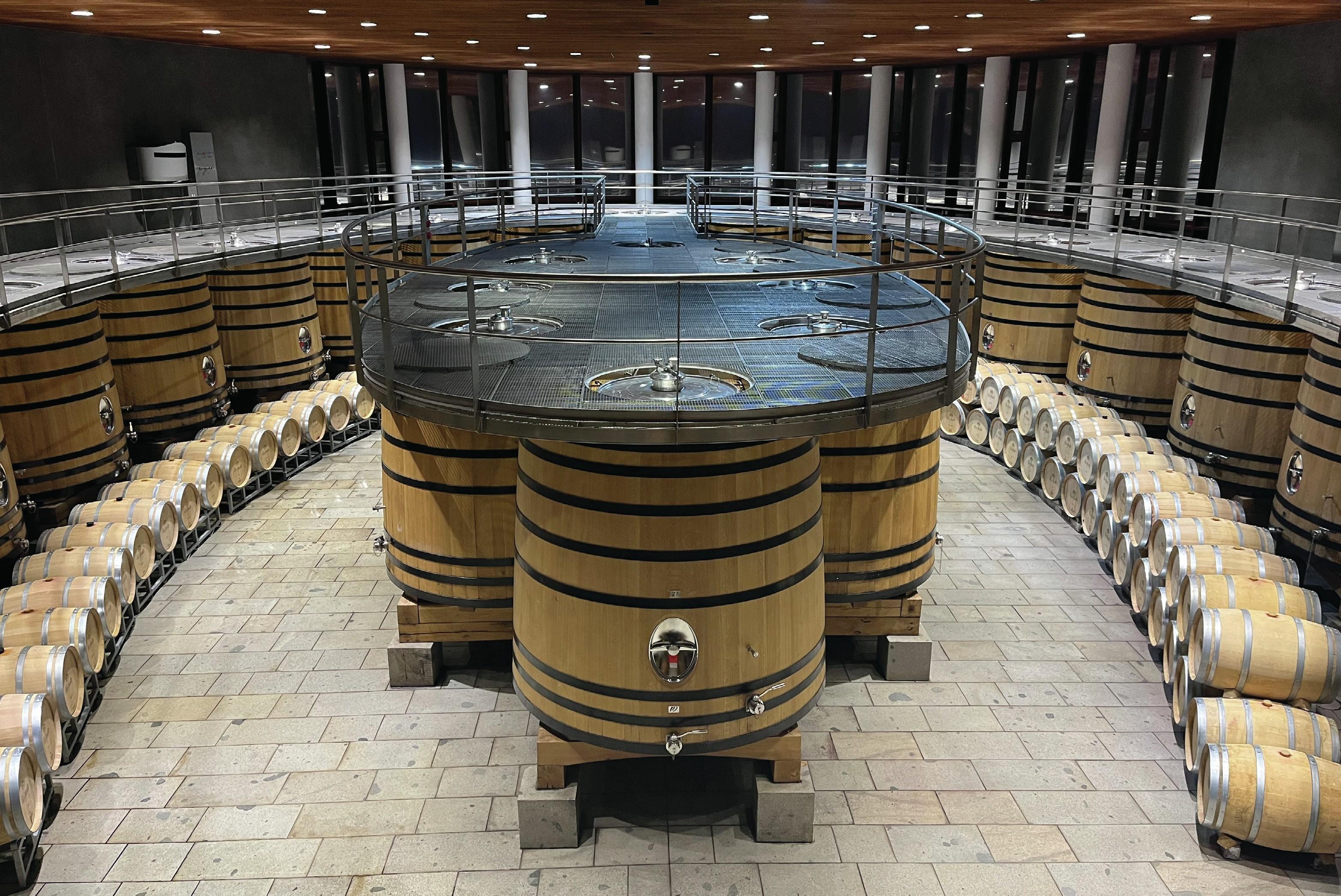
Producers are discovering that there is more than one way to charm a well-to-do tourist into opening their wallet.
One winery which has gone for glamour is Vik. A shooting star of the Chilean wine scene, Vik’s hyper-modern winery – which is often compared to a Bond villain’s lair – and art-laden hotel have made it something of a luxury destination in Cachapoal Valley.
Vik CEO Gastón Williams sums up the offering to visitors as “a holistic experience that connects guests with wine culture” which, crucially, “encourages wine purchases both at the winery and in the restaurant”.
Williams continues: “This enables us to control distribution, ensuring that customers have access to exclusive products, thereby increasing both sales and brand recognition in the market.” Vik has three restaurants serving its wines: Milla Milla, Pavilion and Vik Zero.
Others are also keen to enhance their visitor experience with restaurants, including Montes. In 2017, the winery opened its Fuegos de Apalta restaurant. Serving wood-fired South American dishes alongside Montes wines such as the producer ’s famous Purple Angel and Muse, the eatery is nestled among the vines.
“Each year, we welcome between 15,000 and 20,000 visitors to our vineyard and restaurant, with more than 60% of them opting for the combined experience,” says Montes CMO Danilo Buvinic. “International visitors make up 75% of our guests, with Brazil being the most significant market by far, accounting for around 53% of our foreign visitors each year.”
Brazilian bonus
Indeed, visitors from Brazil are vital for Chilean wine tourism – 787,036 of the more than five million visitors to Chile last year were Brazilian, and they haven’t just come for the skiing.
“Since Brazil has a huge duty on wine, and people are allowed to bring up to 24 bottles of alcohol with them, they [Brazilians] usually buy a lot of wine in Chile, and they carry all those bottles with them in their luggage back to Brazil,” notes Buvinic.
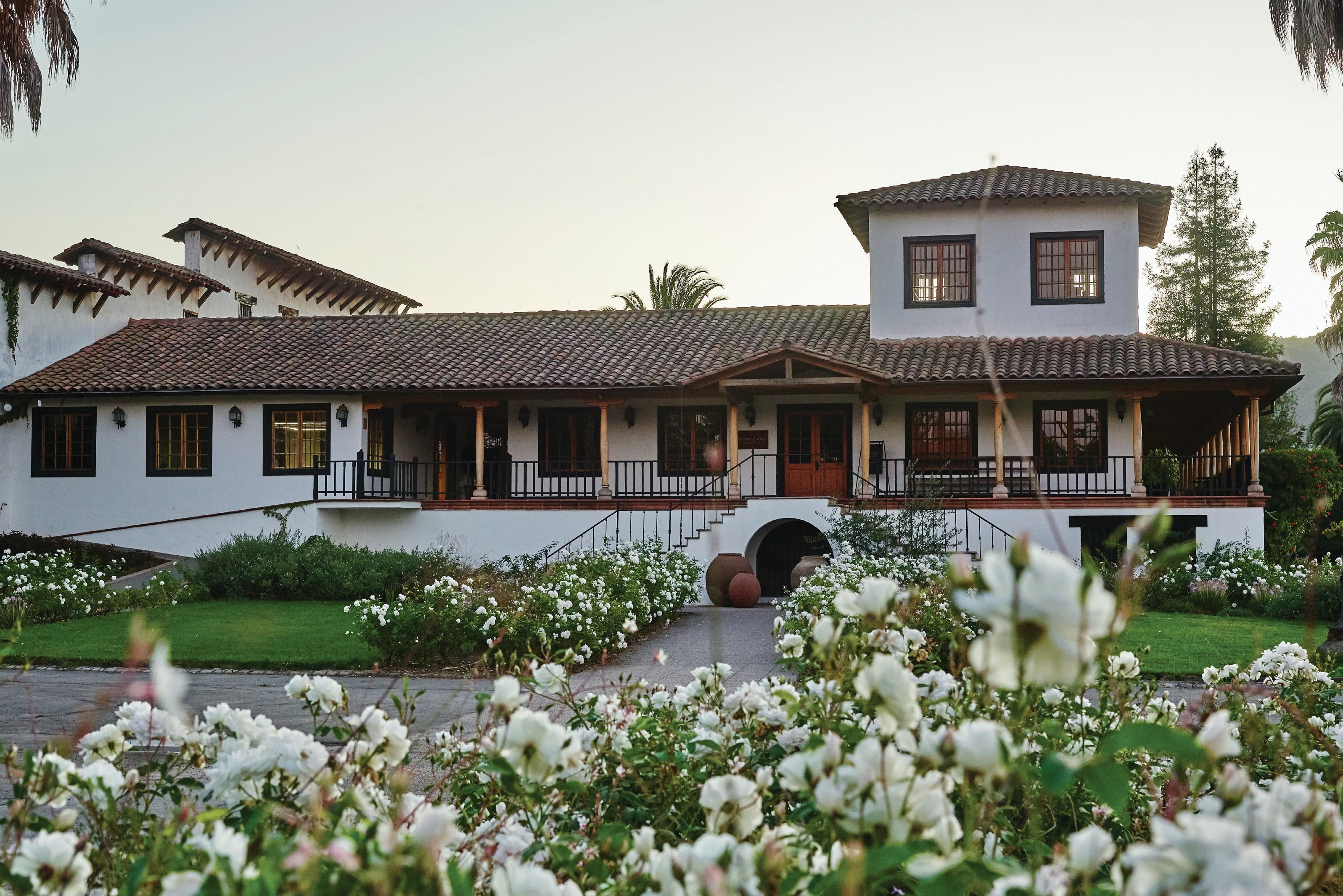
Brazil applies a 27% import duty under the Mercosur Common External Tariff on wine coming into the country, one of the highest base tariffs of any global economy, so buying fine wine in its country of origin and bringing it back is a cost-cutting measure for some Brazilians. However, the make-up of international visitors to Chilean wineries is steadily changing with time.
In 2015, 64.6% of the foreign visitors to Chilean vineyards were Brazilian, but by 2023 this proportion had dipped to 52.2%. By contrast, the proportion of visitors coming from the UK more than doubled, going from 1% to 2.4%, according to Chile’s Servicio Nacional de Turismo. British Airways began to offer a direct service between London Heathrow and Santiago in 2017, a factor which has undoubtedly made a holiday to Chile a more enticing prospect.
There are also plenty of tourists coming from the other side of the Andes – more than two million of the total number of foreign visitors to Chile in 2024 were in fact Argentinian. This South American country has shown signs of a steady recovery from its recent economic woes, with the Argentine peso gradually regaining value – a factor which has made buying wine from Chilean cellar doors more affordable for Argentinian visitors than it has been for some time.
“After the pandemic, there was a significant increase in Brazilian tourists, especially during the winter season,” explains José Eyzaguirre, marketing director at Emiliana Organic Vineyards. “Europeans and North Americans also visit us regularly, with peak visits during cruise season. But lately, we’ve seen an increase in Argentine tourists attracted to our country by the favourable exchange rate.”
For visitors unable to transport a large number of bottles back with them, some wineries also offer a courier service which will ship cases of wine to the homes of international visitors. Among the companies to do this is Santa Rita, as Gómez explains. “Couriers have their own systems to ship wines and deal with the paperwork, so they can deal with the challenges,” she points out.
Unfortunately for British visitors to Casa Real, Santa Rita’s historic hotel, the producer does not have a specific courier for the UK at the moment – prior to Brexit, the UK was covered by the same courier as the rest of the European Union. South American wine giant Concha y Toro, on the other hand, has its own online sales channel, descorcha.com, which ships bottles across Chile, but also to Brazil and Mexico. And bringing Chilean wine to the world doesn’t just involve sending bottles – digital marketing is vital too, as Juan Carlos Munita Estivill, commercial manager of Viña Casas Patronales, explains. “Social media plays a crucial role in driving DTC sales,” he says. “In markets like China, this is particularly effective, where collaborations with Key Opinion Leaders (KOLs) generate strong engagement and trust. Once awareness is built through these influencers, direct sales through various online platforms become a powerful tool. In key markets such as the US and UK, we see a growing trend in DTC, especially through online retail and subscription models.”
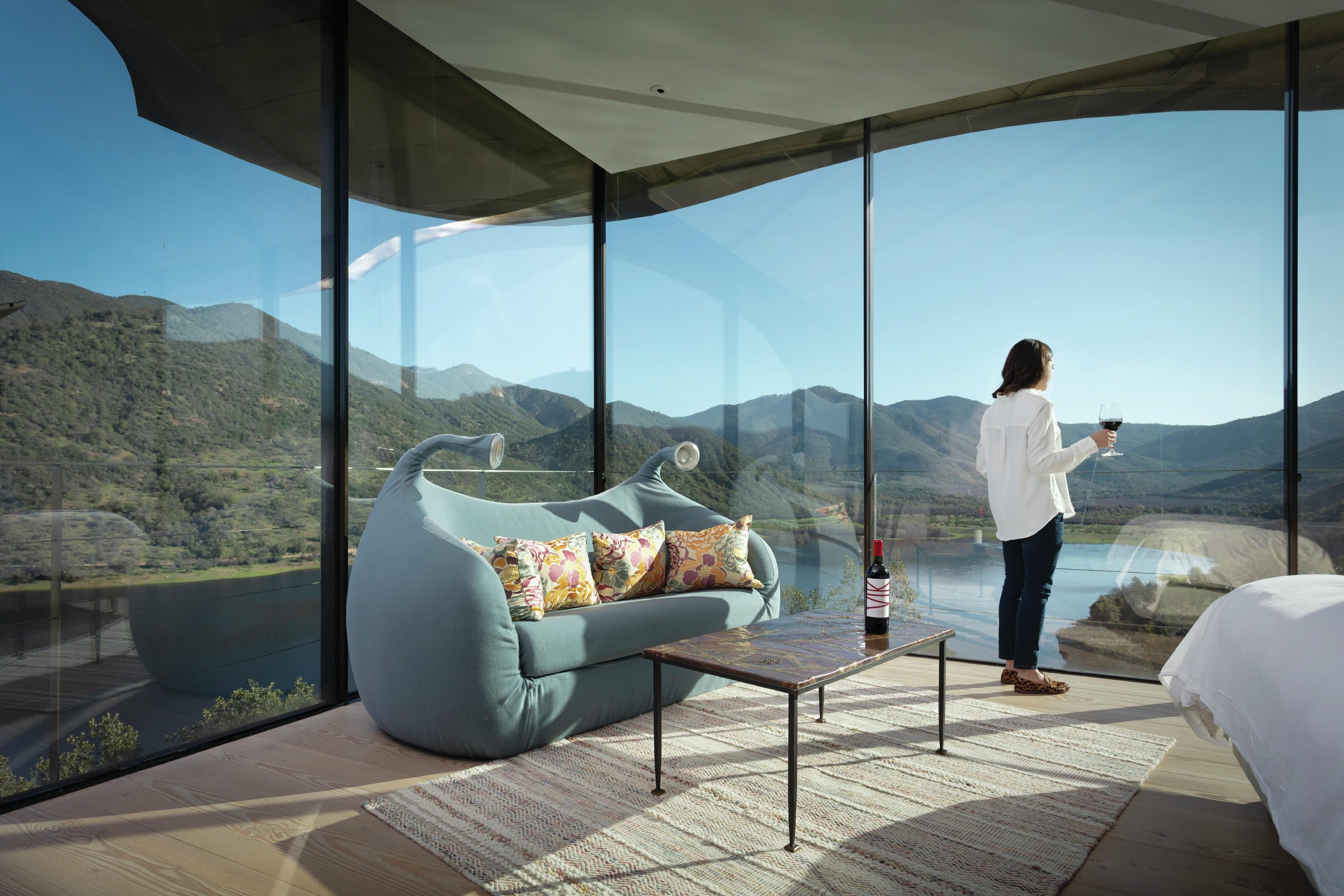
Although international tourists, especially those from Brazil, are big business for Chilean wineries, there has been a significant domestic shift in visitors since the pandemic. In 2019, there were around one million visitors to Chilean wineries, with 25% coming from Chile and 75% from abroad, but by 2023 domestic visitors had overtaken international ones, with the proportion switching to 59% Chilean and 41% international guests.
Cellar door sales have become a crucial channel for some wineries, although for many they still only constitute a small proportion of total bottles shifted.
“While our Aventura Winery is not open to the public for tours, we do have a physical sales shop on the property – Cava Morandé Tienda de Vinos,” says Morandé Wine Group export director for Europe José Ignacio Bascuñan. “Our shop accounts for 4% of our domestic sales, primarily driven by visitors to the area and locals who are already familiar with it.
“We also have our growing online wine store, cavamorande.cl, which offers nationwide shipping across Chile and represents around 10% of our domestic sales,” continues Bascuñan. “Through this online platform, customers can purchase a variety of wines. We also provide services for weddings, events and corporate sales.”
As previously mentioned, in the case of MontGras, cellar door sales make up onethird of its total domestic sales.
DTC limits
Rumours of the death of business-tobusiness sales, however, have been greatly exaggerated – cellar door sales are not the be-all and end-all for Chilean wine.
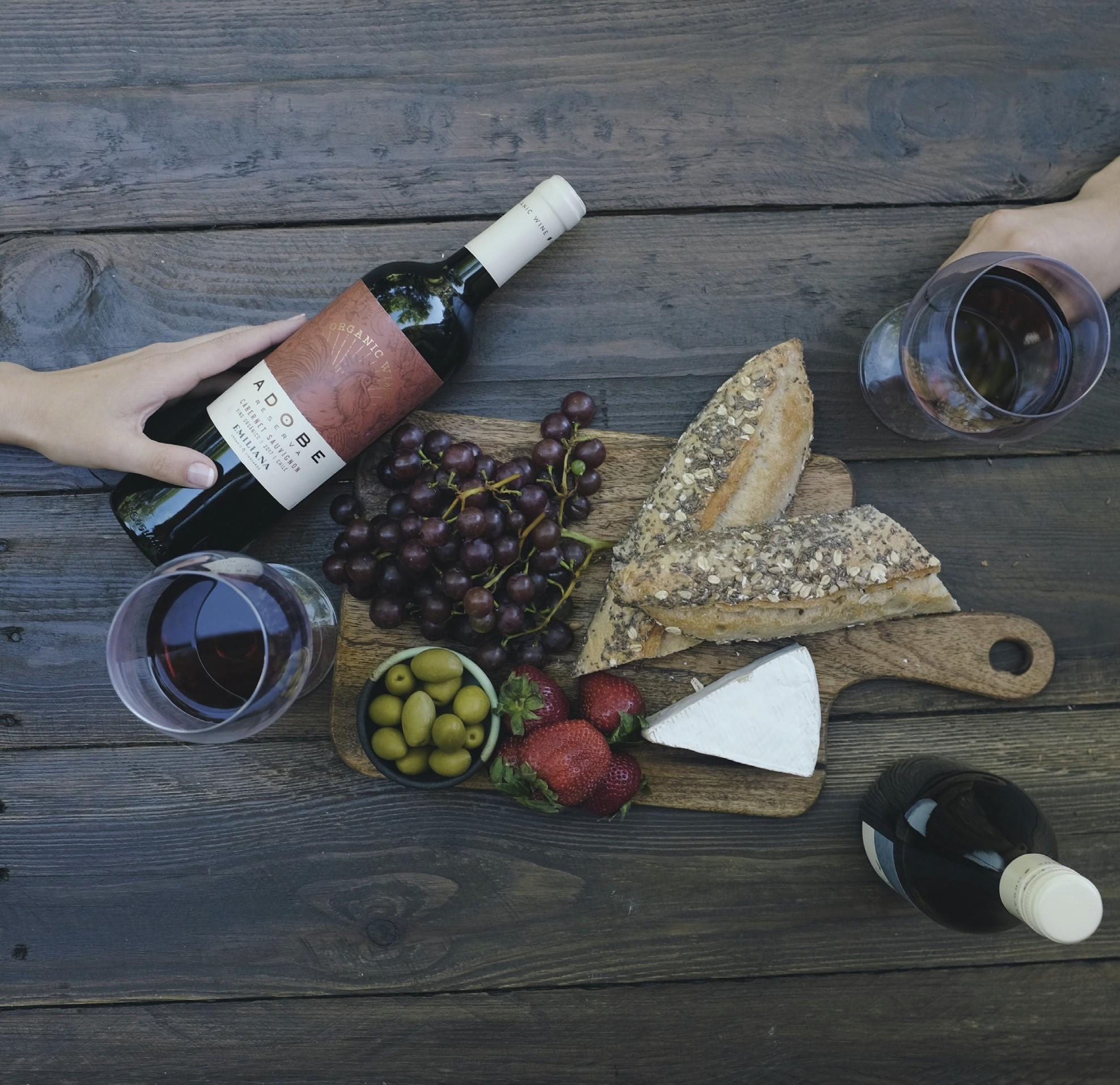
“Because the wine industry is confronting a lot of problems – oversupply, etc – I think the DTC channel is harder in times of crisis, so it cannot be the only channel; the effort you take for DTC is greater,” says Santa Rita’s Gómez. “In 2025, we will focus on traditional channels with importers and distributors, because there is more safety.”
Verónica Hahn, who heads up Viña Errazuriz’s wine tourism project, notes that there are still major advantages in using business-to-business channels, especially when it comes to increasing consumer exposure to the company’s products. “Sales through distributors and retailers expand market reach, helping wineries tap into a larger customer base without needing to invest heavily in marketing or logistics,” she says.
“This model provides customers with convenience, including access to membership programmes, seasonal discounts and direct home delivery,” continues Hahn. “Furthermore, wineries benefit from marketing support through retailer newsletters and promotional campaigns that keep customers informed about new releases and special offers.”
Crucial role to play
But wine tourism still plays a crucial role in helping to shift a producer ’s bottles, even if not always directly.
Clos Apalta, the Bournet Lapostolle family-owned fine wine producer located in the Apalta Valley, has a number of luxury villas overlooking its vineyard. During 2024, 1,344 guests stayed at the winery’s Residence: 40% from the US, 23% from Brazil, 12% from the UK and 9% from Chile.
“International visitors – except for Brazilians – typically do not contribute to sales at our winery store, as they prefer not to travel with bottles,” explains Clos Apalta Residence general manager Joaquin Larrain. “Additionally, Chilean taxes often make our wines more affordable abroad. However, these guests help drive wine sales in their home countries. Brazilian visitors, on the other hand, are excellent buyers, as local taxes in Brazil can make our wines up to three times more expensive than in Chile.” Wine tourism gives Chilean wineries a promotional platform. Visitors sign up for tours, tastings, maybe even book rooms to stay on the estate – any cellar door sales are an added bonus. Although the Covid19 pandemic, which began five years ago, caused a disruption which can be clearly seen in the data, Chile is moving towards becoming a major destination for oenologically-inclined travellers.
Given just how distant the country is for European and North American visitors (a flight from London to Santiago takes in excess of 14 hours, and from New York it is more than 10 hours), Chile’s relative isolation might appear off-putting. But what could be deemed a challenge for attracting tourists is also an advantage – Chile is very much somewhere tourists from these regions come to for longer trips, not just for a weekend break. This means they are more likely to visit multiple wineries across multiple regions – and a rising tide lifts all boats.
Recovery trail: the Covid effect on Chilean wine tourism
• In 2020, 94% of Chilean wineries had a wine shop, but by 2024 this proportion had declined to 87.7%.
• In 2020, 96% of wineries had tasting rooms, but four years later this had also dropped to 87.7%.
• Although 78% of wineries provided wi-fi for tourists before the Covid-19 pandemic started in 2020, by 2024 that percentage was down to 71.5%.
• The percentage of wineries with museums open to the public has also dropped from 19% to 16.9%.
• The proportion of wineries with visitor centres plummeted by almost 20% in that four-year period, falling to 56.9%.
Cono Sur’s tourism puts “outdoor spaces” at its core
“We began working on our tourism project long before the pandemic, in 2019, and Covid just delayed its opening,” says Soledad Meneses Pastén, Cono Sur ’s wine tourism and hospitality manager. “During 2020, we worked on fine-tuning the proposal, and when it was clear that Covid was the ‘new reality’ – at least for a while – we decided to open the wine shop in Chimbarongo in February 2021, the first stage of our project.
“Eventually we opened for tours in July 2021, as the Covid restrictions started to ease,” continues Pastén. “Since the very beginning, we adapted our experience to be strongly connected with outdoor spaces, such as the vineyards – including geese, greenhouses and biological corridors – and wine cellars, giving the visitor the opportunity to enjoy our biodiversity and unique winemaking processes.”
Related news
The Castel Group rocked by Succession-style family rift


